The 1880s marked a significant period in the history of Houston, Texas. This decade was characterized by rapid growth and transformation, setting the foundation for the city’s development into a major metropolitan area. Houston’s population, economy, and infrastructure saw substantial changes, driven by advancements in transportation, commerce, and industry.
During the 1880s, Houston experienced a significant increase in its population. This growth was fueled by the city’s burgeoning role as a commercial and transportation hub. The influx of new residents contributed to urban expansion, with the city’s boundaries extending to accommodate the growing population.
Development of Transportation Networks
A key factor in Houston’s growth during the 1880s was the expansion of its transportation networks. The completion of several railroad lines transformed the city into a crucial transportation and shipping center. Railroads such as the Houston and Texas Central Railway and the Galveston, Houston and Henderson Railroad facilitated the movement of goods and people, connecting Houston to other parts of Texas and the United States. This enhanced connectivity attracted businesses and settlers, contributing to the city’s economic development.
Rise of Commerce and Industry
The 1880s were marked by the rise of commerce and industry in Houston. The city’s strategic location and improved transportation infrastructure made it an attractive site for businesses. Houston became a center for the cotton trade, with cotton warehouses and compresses establishing operations in the city. Additionally, the emergence of manufacturing industries, including lumber mills and iron works, further diversified Houston’s economy. These developments boosted the city’s commercial activity, establishing it as a vital economic hub.
Social and Cultural Developments
Amidst economic and infrastructural advancements, Houston also saw significant social and cultural developments during the 1880s. The city’s growing population brought diversity and dynamism to its social fabric. Cultural institutions, such as libraries and theaters, were established, contributing to Houston’s cultural vitality. Furthermore, the decade witnessed the organization of community groups and civic organizations, which played a crucial role in addressing social issues and improving the quality of life for Houstonians.


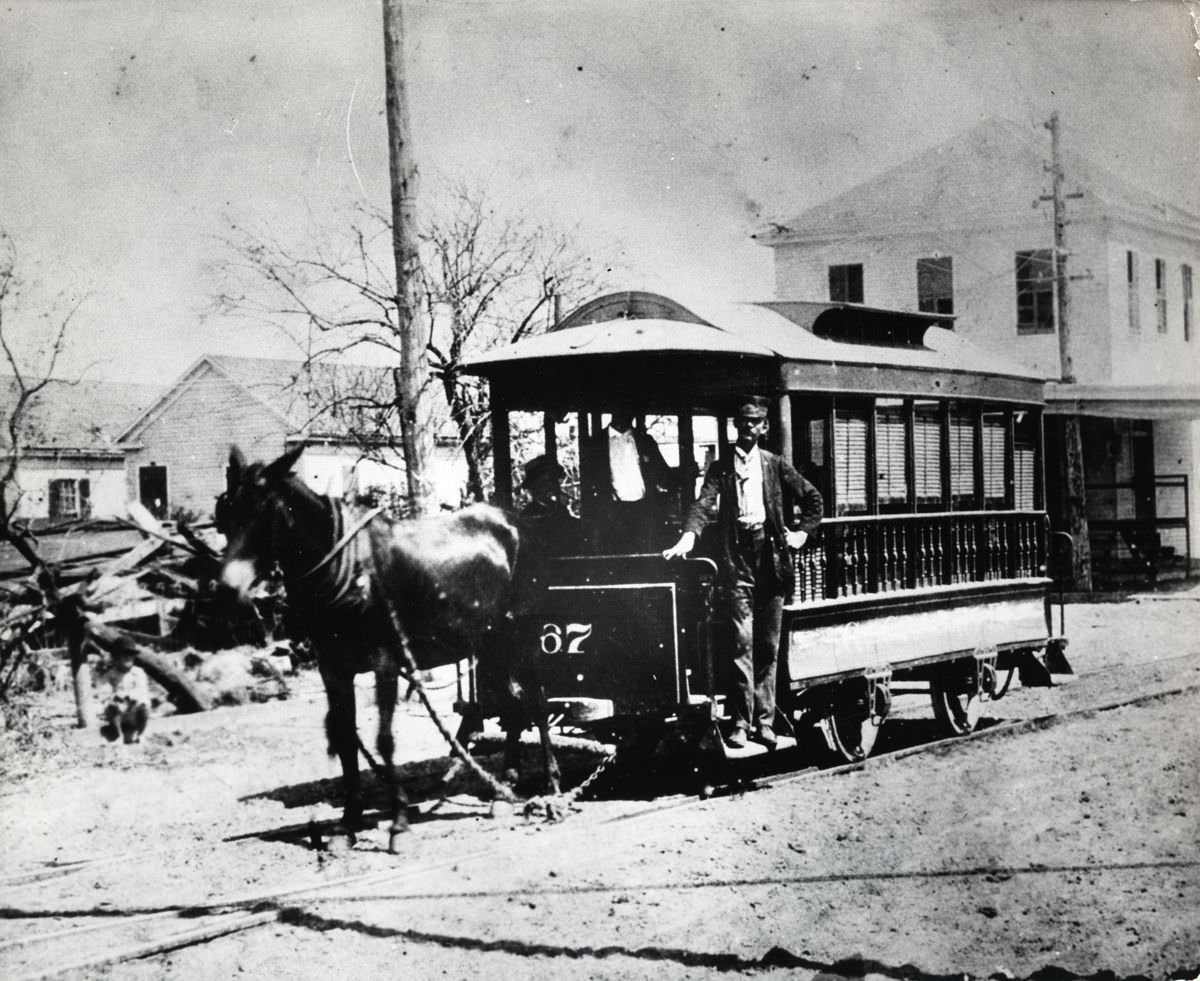
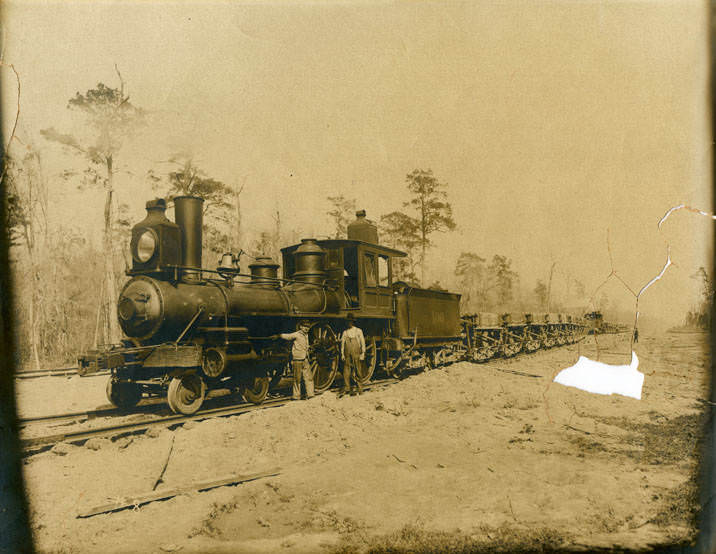
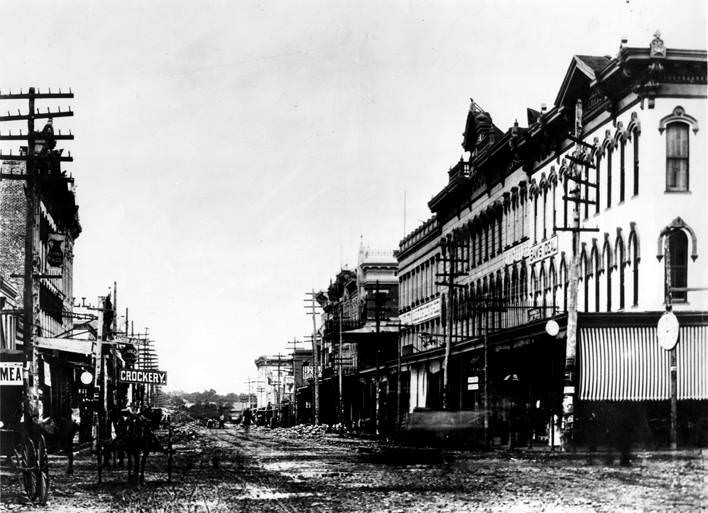
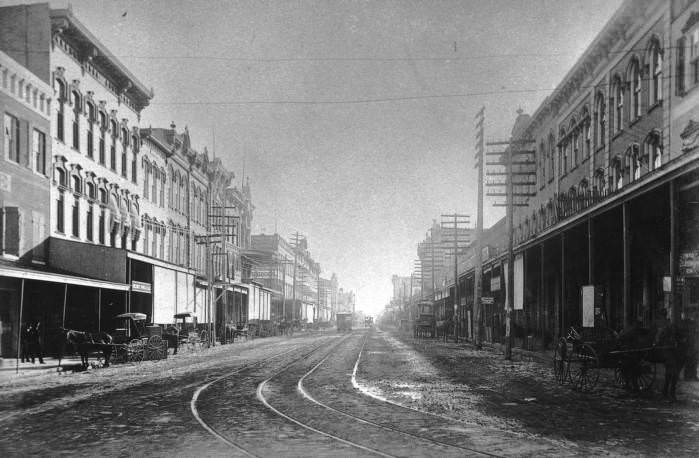
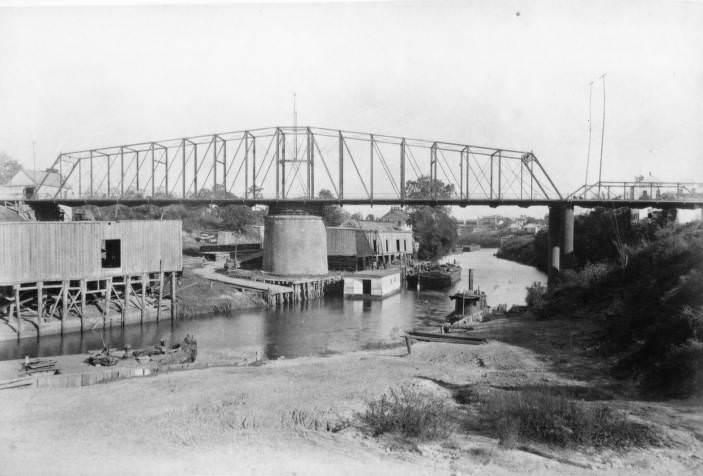
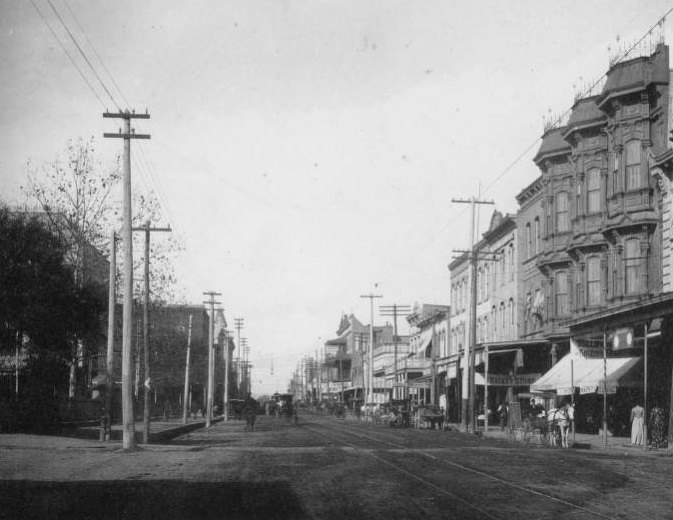
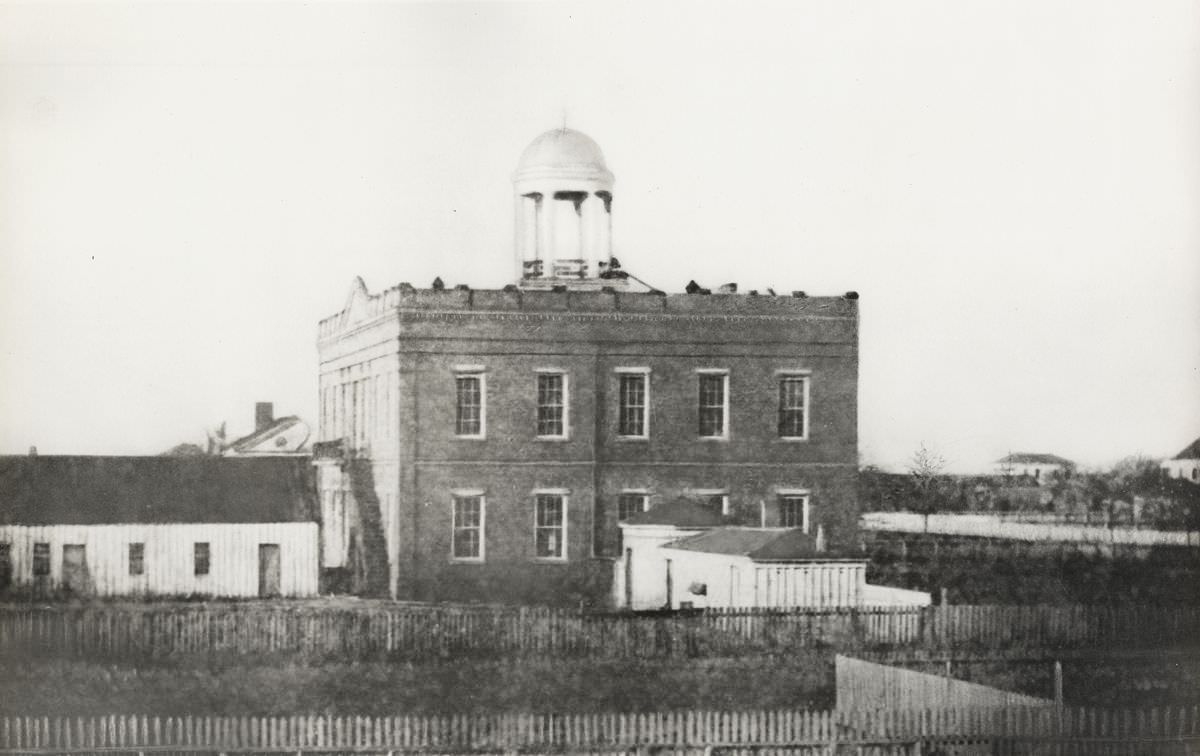
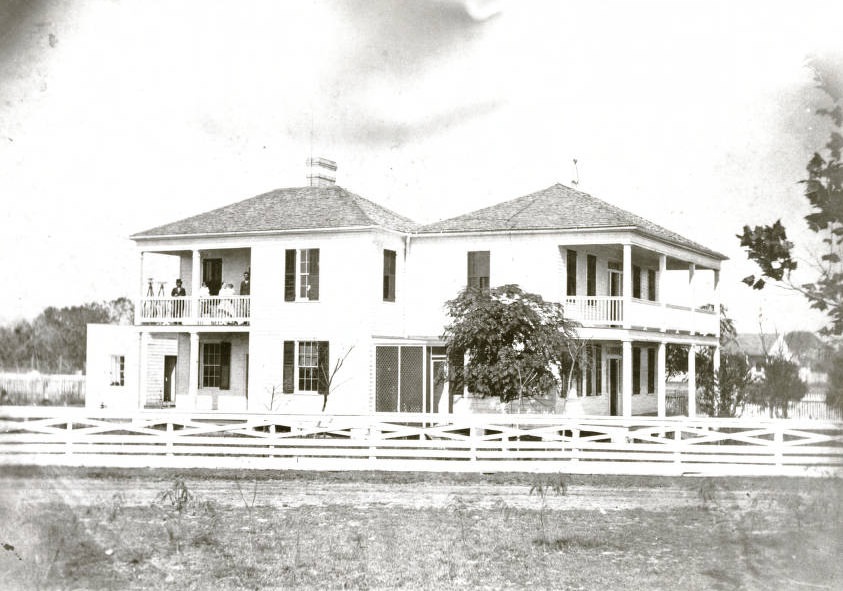
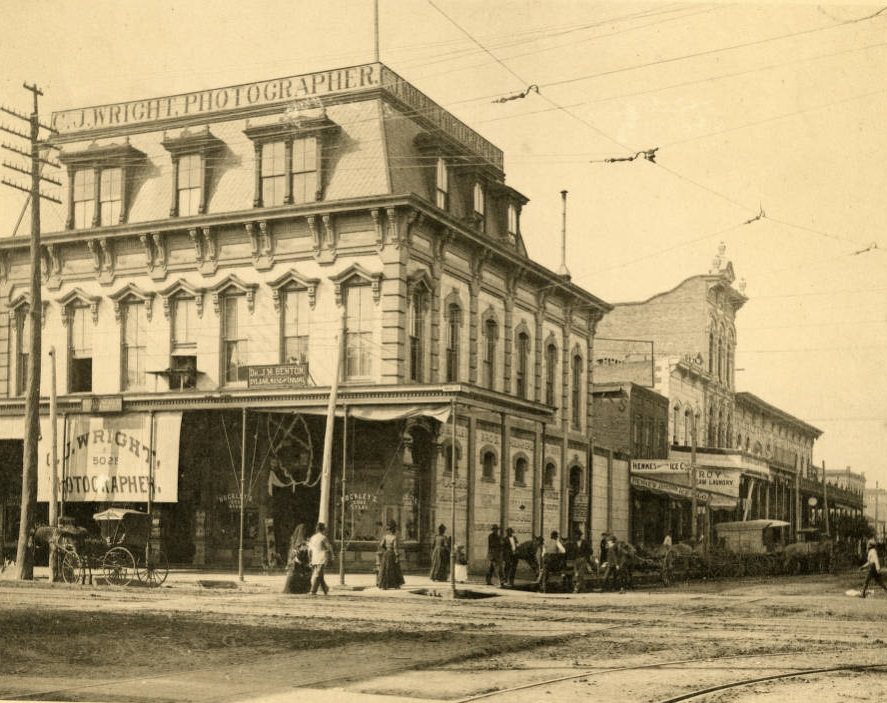
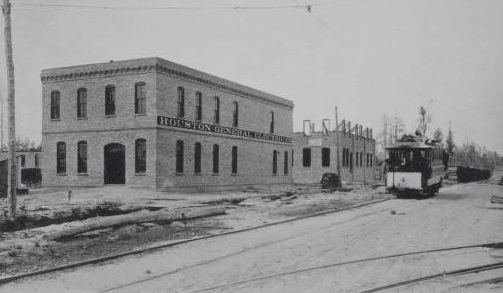
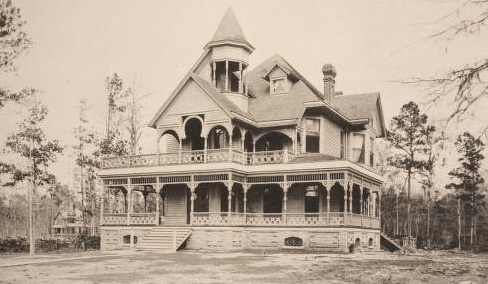
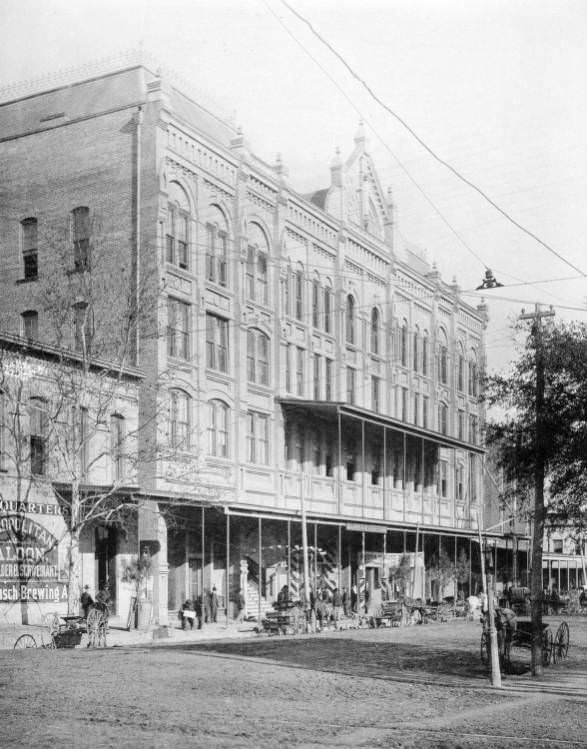
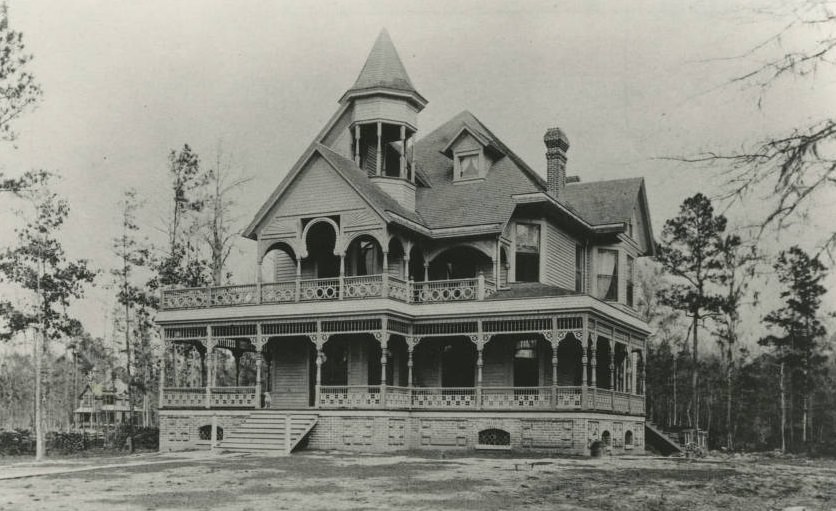
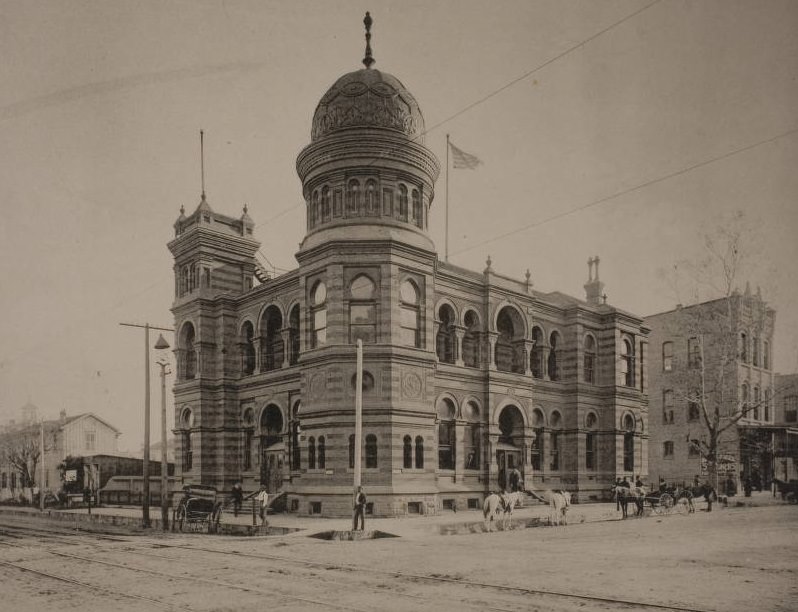
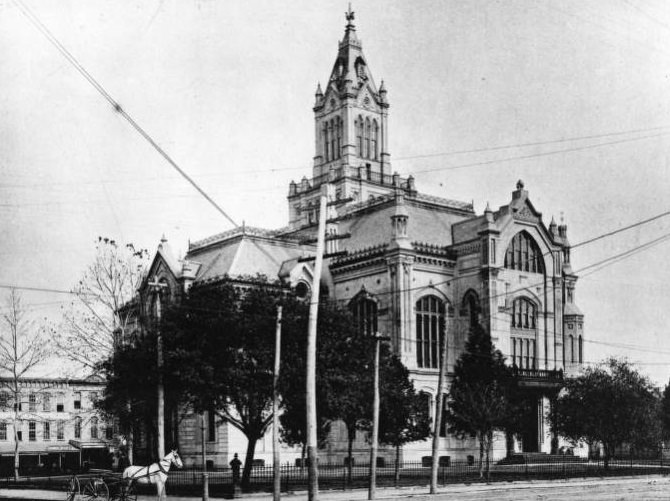
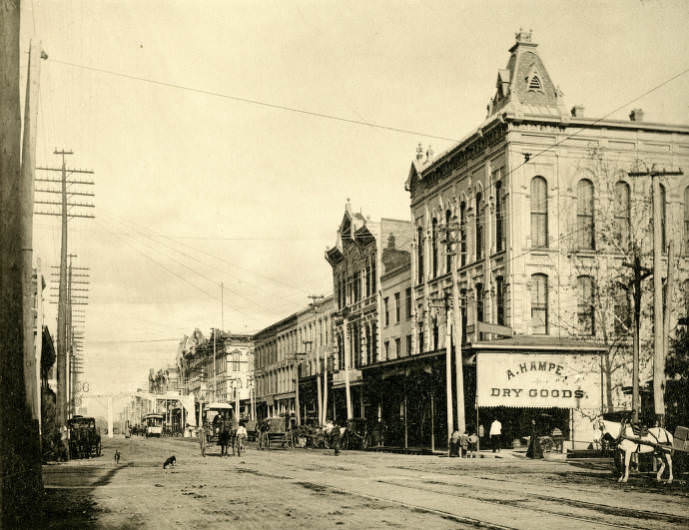
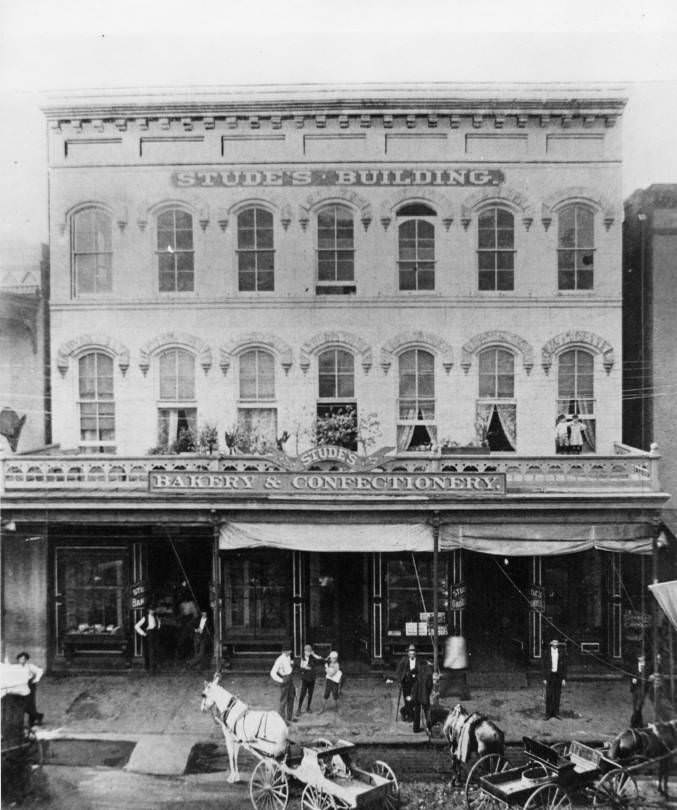
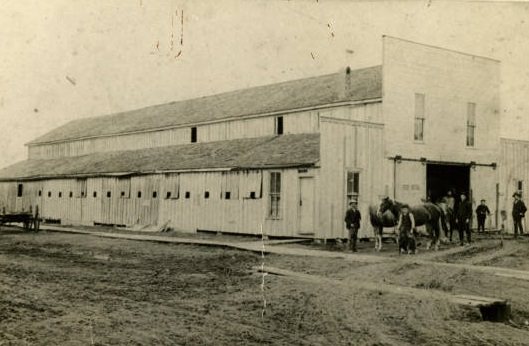
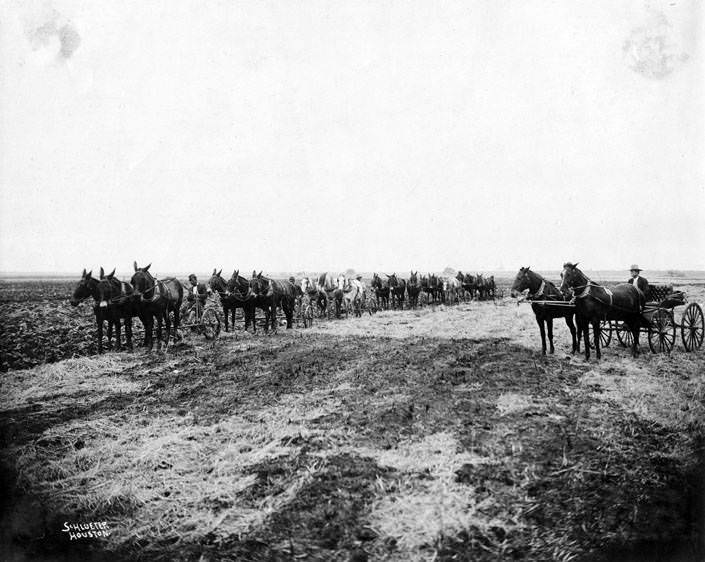
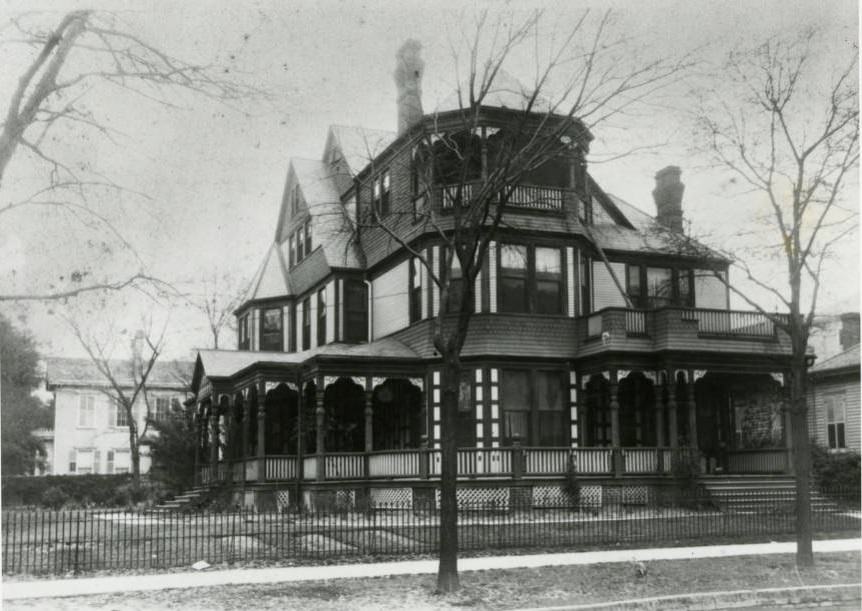
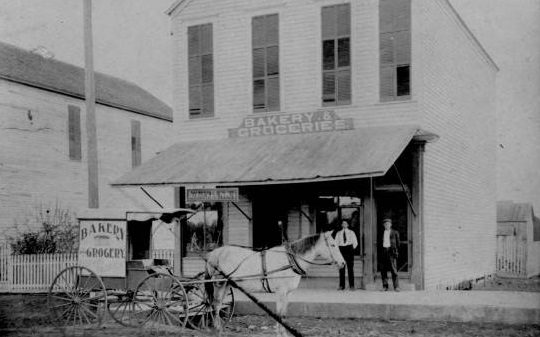
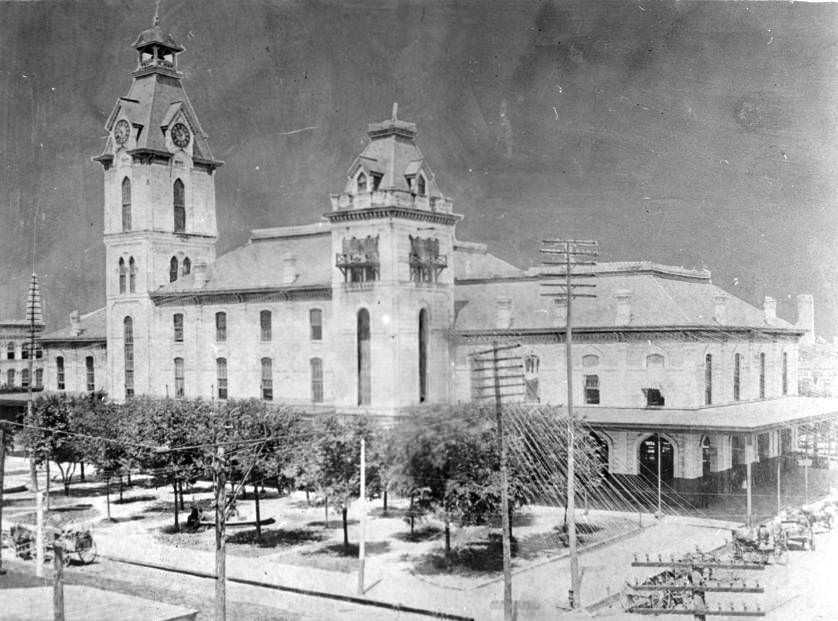
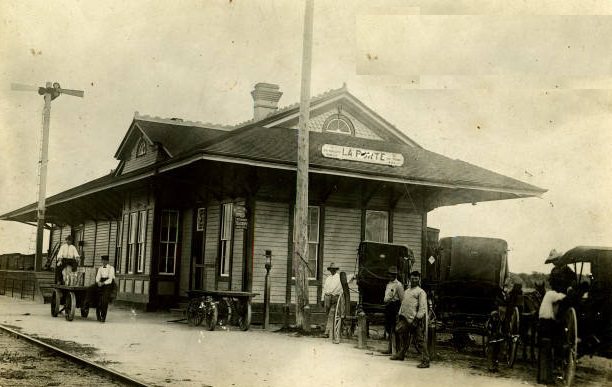
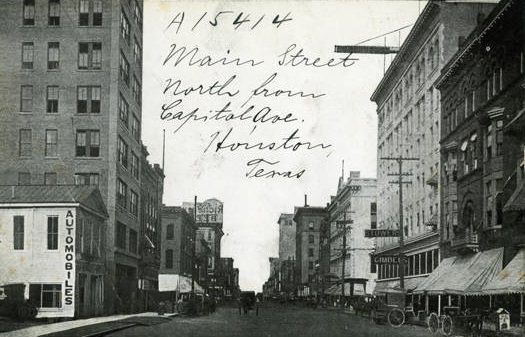
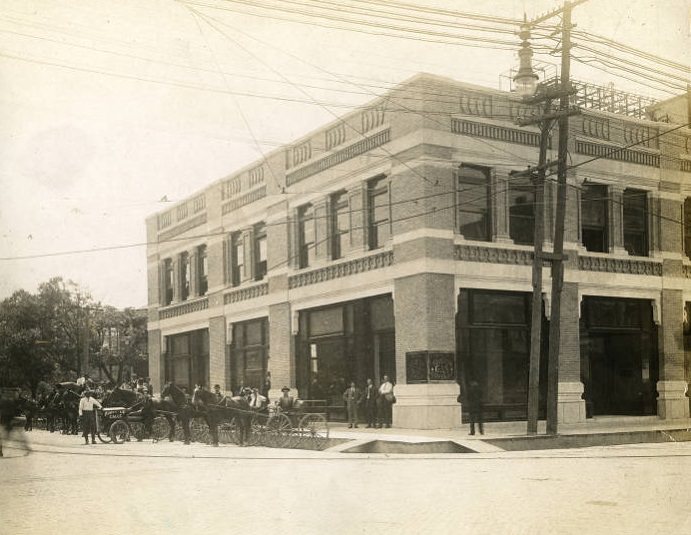
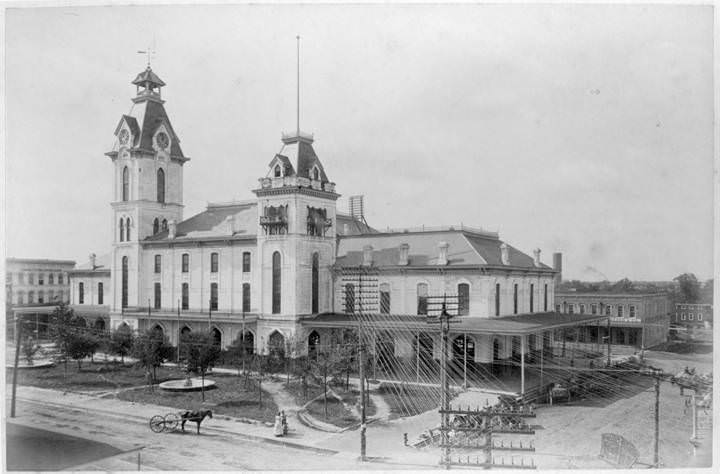
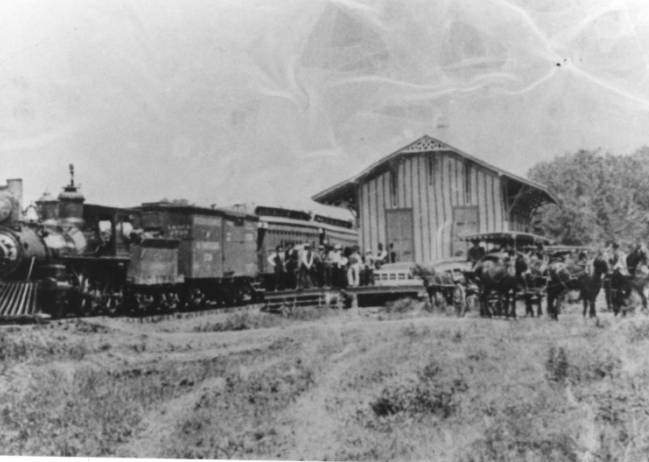
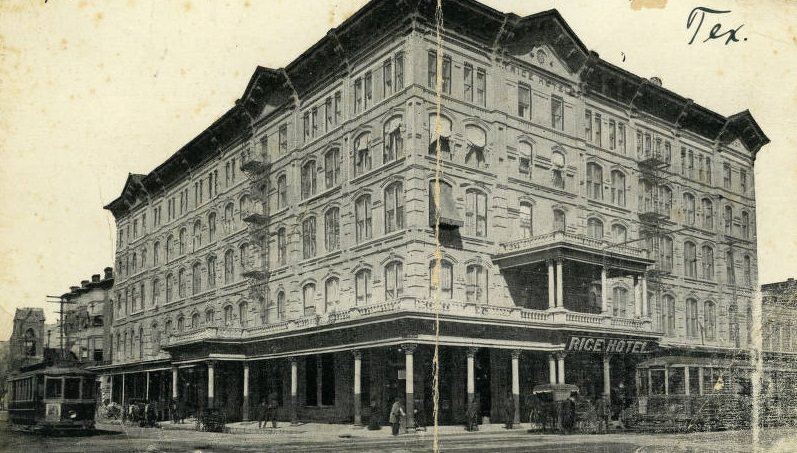

Is it me or does the pic of “West Depot” say “La Porte” on it?
Also, “City Hall” and “Market Palace” are the same structure.
Too bad most if not all of those classic buildings are gone.